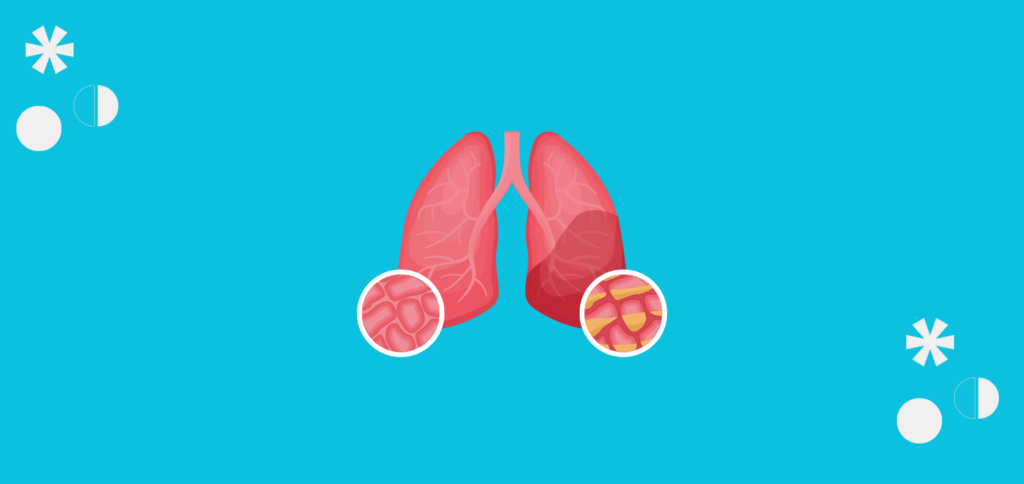How can pneumonia be treated?
Pneumonia can be treated with antibiotics, antivirals, or antifungals, depending on the underlying cause. Treatment may also include medication to relieve symptoms, such as pain relievers and expectorants.
ADVERTISING
It is important to see a doctor if pneumonia is suspected, as the disease can lead to serious complications if not treated properly.
How long do symptoms last?
The length of time pneumonia symptoms last can varyariar according to the severity of the infection and the treatment received. In general, symptoms may persist for several weeks after starting treatment. Coughing up phlegm may last for several weeks, while fatigue and weakness may persist for a few weeks after the infection resolves.
In more severe cases of pneumonia, it may take longer for symptoms to completely disappear. Additionally, some people may develop complications such as lung abscesses or recurrent pneumonia, which can prolong the duration of symptoms.
ADVERTISING
It is important to follow your doctor's instructions and complete the entire course of treatment, even if your symptoms improve sooner. It's also important to get plenty of rest, drink plenty of fluids, and avoid strenuous activities during recovery.
*The text of this article was partially generated by ChatGPT, an artificial intelligence-based language model developed by OpenAI. Text entries were created by Curto News and responses intentionally reproduced in full. The answers from ChatGPT are automatically generated and do not represent the opinions of OpenAI or people associated with the model. All responsibility for published content rests with Curto News.
Sources: Centers for Disease Control and Prevention (CDC) | Mayo Clinic
ADVERTISING



